Rusia/Marzo de 2017/Fuente: Times High Education
RESUMEN: Rusia está reclutando estudiantes internacionales para fortalecer su «poder blando» en los ex estados soviéticos en lugar de obtener ingresos significativos de matrículas extranjeras, según un estudio. Alrededor de 283.000 estudiantes internacionales estudiaron en universidades rusas el año pasado, convirtiéndose en el sexto mercado más grande de estudiantes móviles mundiales detrás de Estados Unidos, Reino Unido, China, Francia y Australia, las últimas cifras recogidas por el Instituto de Educación Internacional.
Russia is recruiting international students to strengthen its “soft power” in former Soviet states rather than gaining any significant income from foreign enrolments, a study suggests.
About 283,000 international students studied at Russian universities last year, making it the sixth largest market for globally mobile students behind only the US, UK, China, France and Australia, latest figures gathered by the Institute of International Education’s Project Atlas study show.
That represents a fourfold increase since 2001-02, when about 72,000 international students were based in Russia, with numbers increasing by 13 per cent between 2014-15 and 2015-16 alone – the fastest growth of any major higher education sector.
However, 69 per cent of these students came from Azerbaijan, Belarus and other members of the Commonwealth of Independent States that were previously part of the Soviet Union, with some 10,000 students from former Soviet states receiving scholarships from Russia, according to an analysis by Alena Nefedova, a researcher at Moscow’s National Research University Higher School of Economics.
In terms of attracting international students, “Russia is not about making money, it is about soft power and influencing people through education,” Ms Nefedova told Times Higher Education.
“UK and US universities will use international students to gain money but Russian government universities are mainly exporting education because of [state] pressure,” she added.
For instance, a 2014 survey of 540 Russian universities with international students found that exactly half derived no income from these enrolments, said Ms Nefedova. The total income derived by those that did charge fees stood at just £49 million – or about £208,000 per university, she added.
Despite this meagre international income – the Russian sector has about 6 million students overall – the country’s universities are still keen to recruit foreign students because it improves internationalisation indicators used to rank institutions globally, with high performers likely to receive more state funds, Ms Nefedova said.
“It is about the rankings game – the more institutions rise up the rankings, the more money they will receive from the 5-100 programme,” she said of Russia’s flagship higher education funding project that aims to have five universities in the world’s top 100 by 2020.
“Everyone understands [that] this aim is nearly impossible,” Ms Nefedova added.
The 5-100 investment had, however, been beneficial for Russian higher education in other ways, such as encouraging universities to become more international in their outlook and concentrate on their research strengths, she said.
However, Russia was failing to capitalise fully on its support for international students owing to its failure to bring more of the highly skilled international graduates that it had trained into its labour market, Ms Nefedova said.
“We have interviewed many international students who have said ‘Russia has given me a quality education for free and I want to work here, but they have made it impossible for me to stay’,” she said.
Ms Nefedova discussed her study at an event at the UCL Institute of Education’s Centre for Global Higher Education on 9 March.
Fuente: https://www.timeshighereducation.com/news/russia-targets-soft-power-not-money-international-students#survey-answer

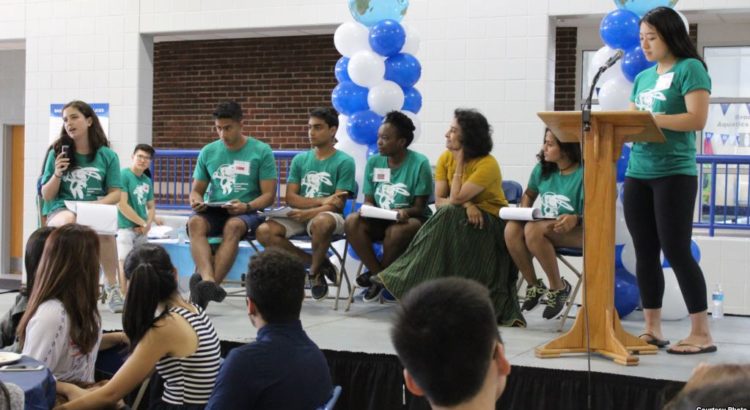
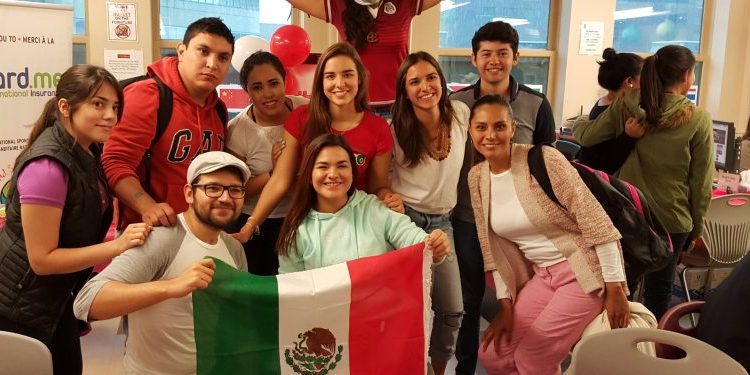
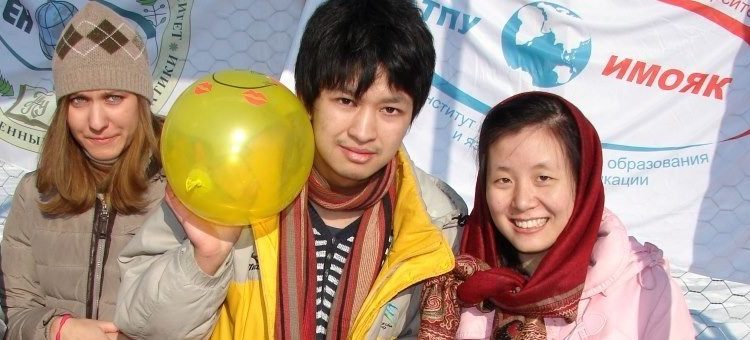

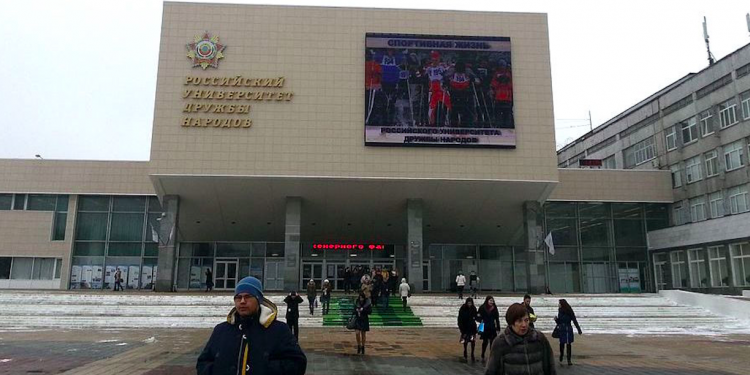
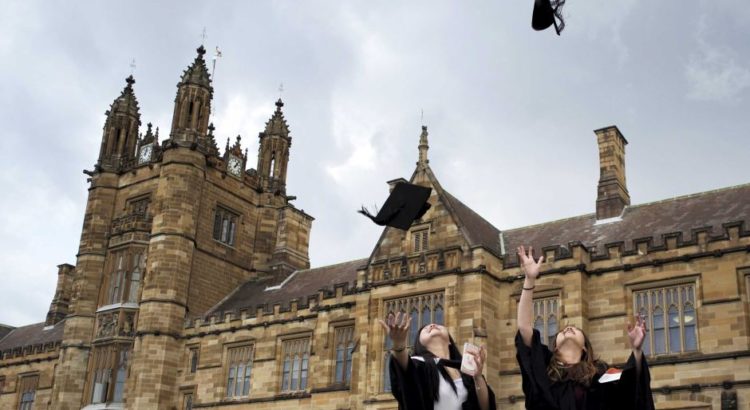







 Users Today : 301
Users Today : 301 Total Users : 35459896
Total Users : 35459896 Views Today : 480
Views Today : 480 Total views : 3418452
Total views : 3418452